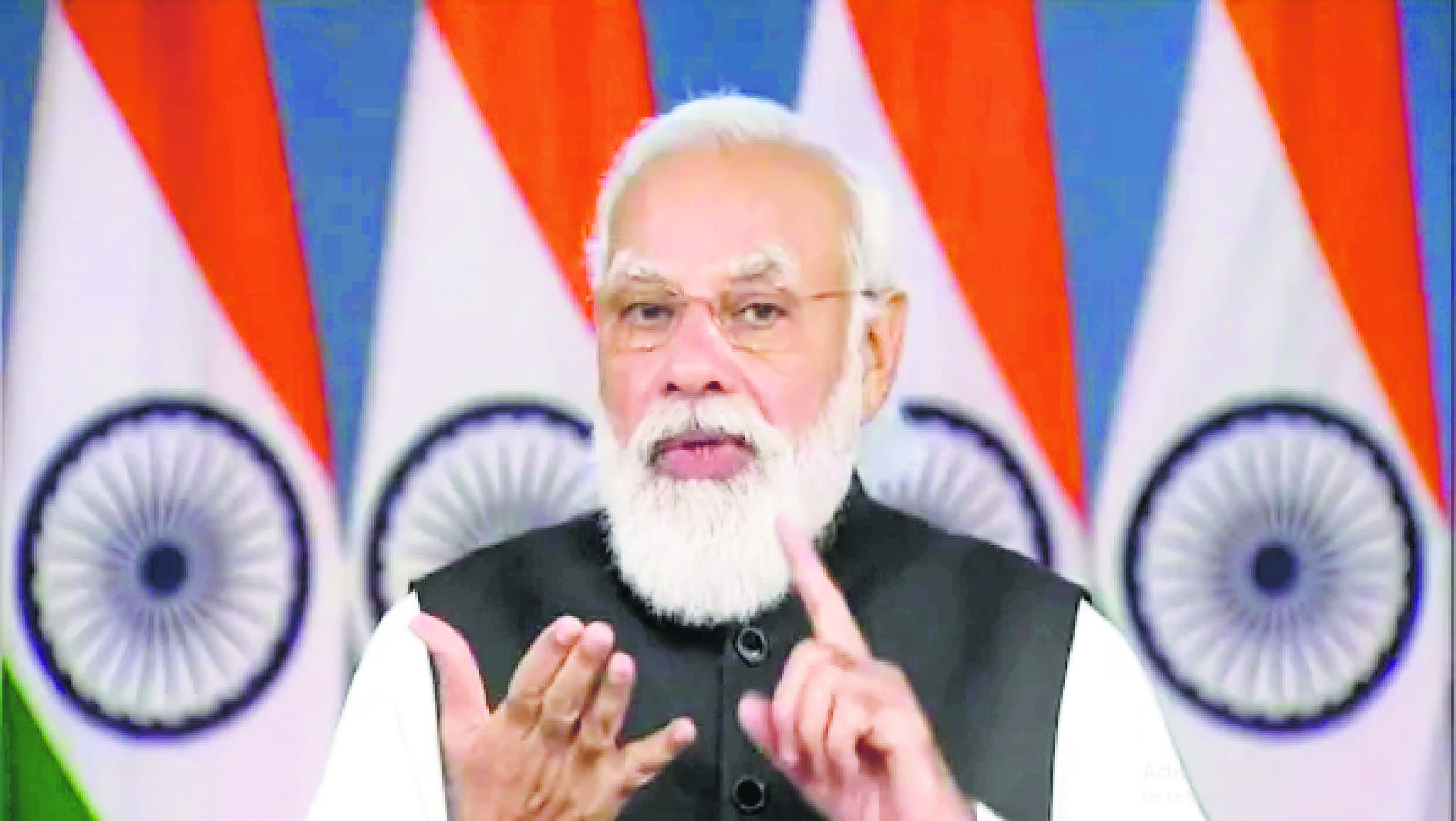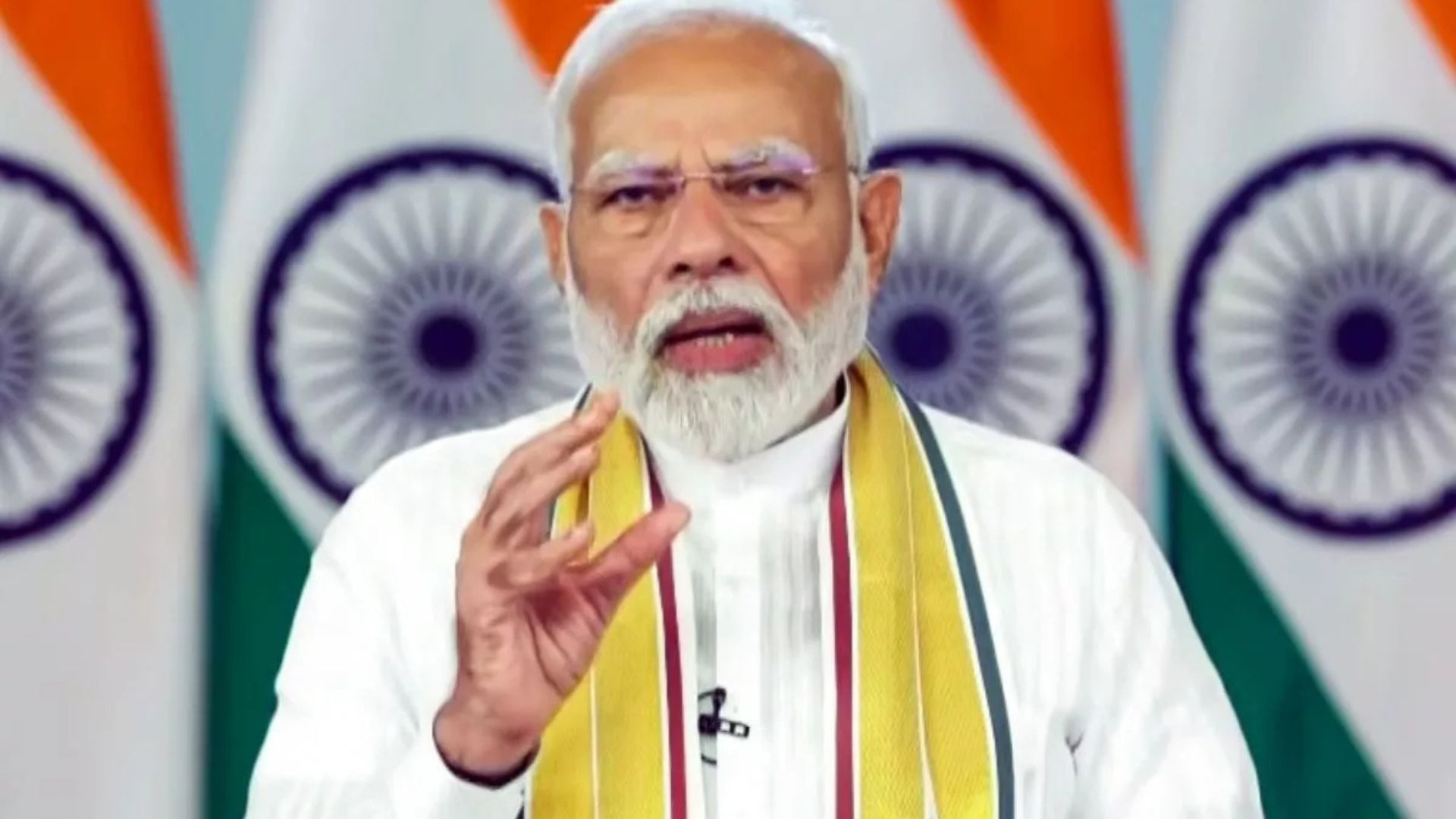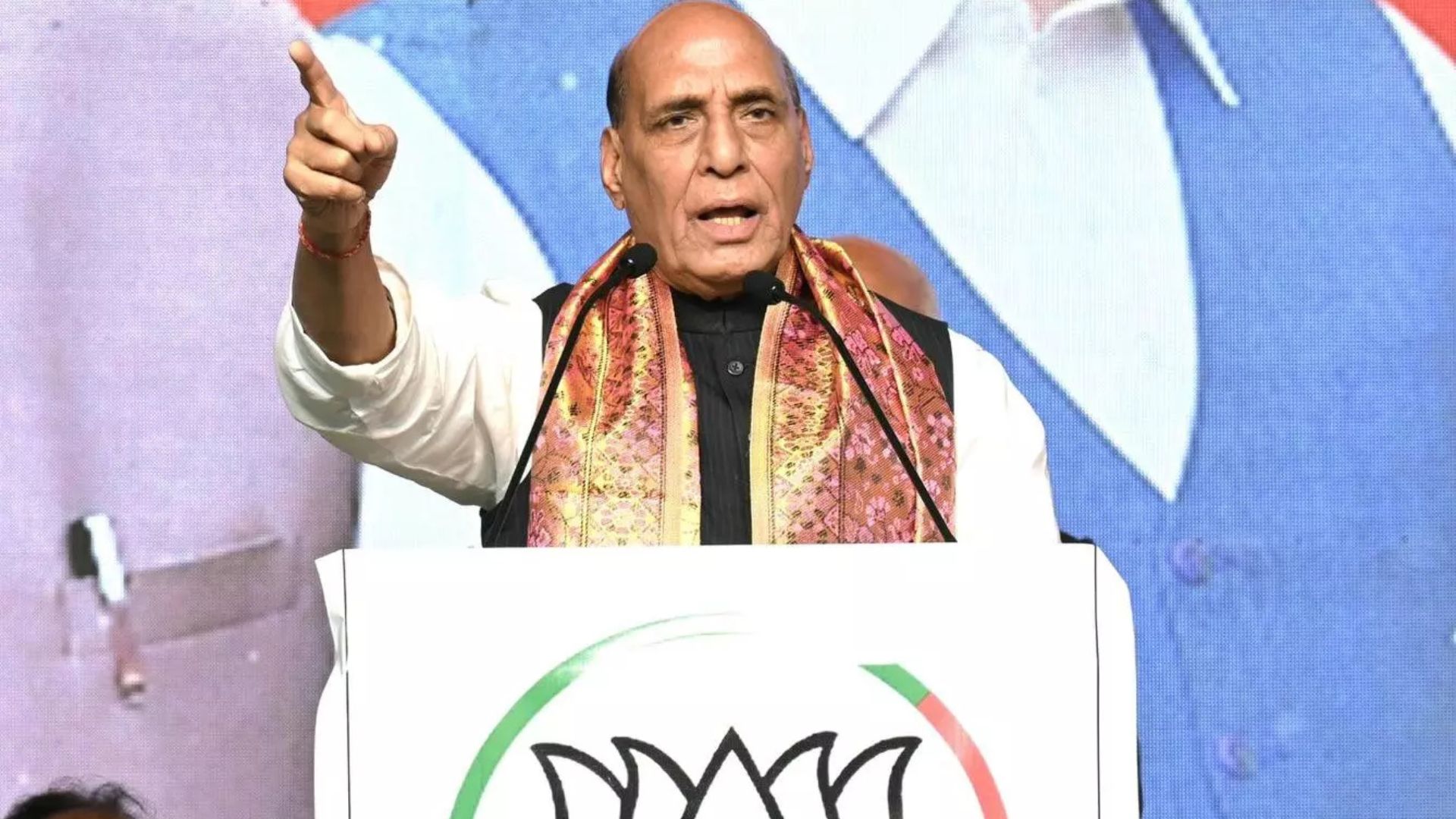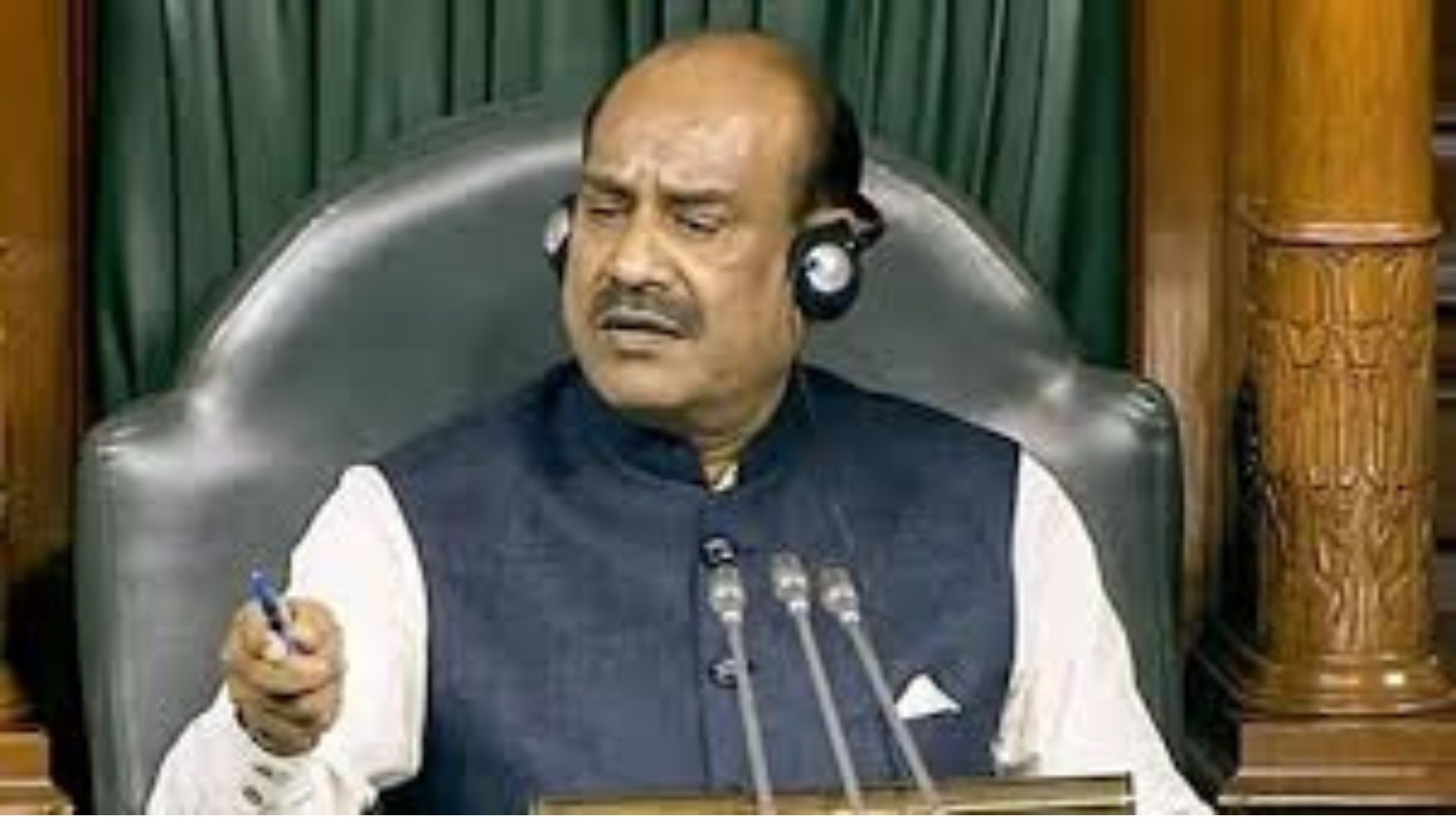
Prime minister Narendra Modi in his debut inning in the year 2014 of Indian political match had asserted the ‘Neither will I eat, nor will let you eat’. This declaration was made by him when he started his first term. The last decade under his leadership, the country has seen a remarkable progress and made Indian economy grow at a rapid pace. Seeing the way Congress and its allies exploited the country’s resources from time to time, it seemed that India’s economy and the entire politics of India had become synonymous with ‘scam’ i.e. corruption.
Referencing the scandalous history of corruption in India, our spiritually rich nation cannot easily forget the infamous scams that have plagued us throughout the years. From the Mundhra scandal of the 1950s to the Nagarwala scam of the 1970s and 1980s, and more recently, the fodder scam in Bihar in 2017 and the Bofors scandal that led to the downfall of the Congress government at the Centre. As we entered the 1990s, the frequency of these scandals only seemed to escalate. Whether it was the Indian Stock Market debacle, the Stamp Paper scandal, the Mumbai Water Housing Scam, the Hawala Incident, or the Match Fixing controversies, instances of corruption seemed to proliferate. From the Provident Fund Scam to the Manesar Land Scam, the Ludhiana City Center Scam, and the Cash for Vote Scandal, politicians seemed to take pride in these fraudulent activities.
Even a former Prime Minister of India publicly acknowledged that a mere 15 paise out of every rupee spent by the government actually reached the citizens, implying that a staggering 85 percent of the treasury was being siphoned off. This paints a grim picture of the rampant looting of public funds. The litany of scandals includes the Karnataka Waqf Board Land scam, the Maharashtra irrigation scam, the railway recruitment scam of 2013, the helicopter purchase bribery scandal, the 2G scam, the Noida land scam, and the recruitment scam in the West Bengal School Service Commission, among numerous other instances. These scandals had become emblematic of the political landscape, reflecting a deep-seated culture of corruption and malfeasance.
After 2014, amidst the backdrop of prevalent scams at that point in time, a notable shift occurred within the Central Government, as the emphasis shifted form not what was consumed or lost, rather what was left and how could it be preserved and distributed equally.
After the year 2014, Narendra Modi first revealed the deeds and wrong doings of the previous government. He wanted the people of the country to know what damage had been done by the previous government. No sooner did he start his political game he expressed his ideology of ‘Sabka Saath, Sabka Vikas, Sabka Vishwas and Sabka Prayas’. That was his mission. With all sincerity and seriousness, he tried to focus strategically on cost saving means and methods to run the government. Besides he also planned meticulously on development by starting beneficiary schemes within a budget. Quite reverse of what all the country faced in past seven decades he moved towards mindset of progression, conservation and equal distribution; rather than what has been lost.
Over the past decade, the agricultural sector has witnessed a transformative phase with initiatives such as the Prime Minister Kisan Samman Nidhi, Kisan Maandhan, Soil Health Scheme, and Prime Minister Central Irrigation Scheme ushering in new dimensions of the Green Revolution. Similarly, fish farming has evolved into a globally recognized industry under the banner of the Blue Revolution. In healthcare, programs like Ayushman Bharat Yojana, Health Protection Scheme, National Health Mission, Nutrition Campaign, and Jan Aushadhi Project have not only expanded medical facilities but also fostered health awareness, particularly in rural areas across India. Urban development has seen significant strides with the establishment of numerous smart cities and the allocation of millions of homes.
Rural development efforts have been revitalized with renewed vigor and sincerity through schemes like MNREGA, economic empowerment of Panchayats via village road projects, Jal-Jeevan Mission, and river conservation initiatives, alongside transformative programs such as Adarsh Gram Yojana and Swachh Bharat, which aim to elevate every village to the status of a model community. Additionally, the Digital Village initiative has empowered rural areas to keep pace with technological advancements. The extensive network of national roads not only facilitates commerce but also brings joy to Indian citizens and foreign tourists alike, as evidenced by the proliferation of selfies taken on these scenic routes.
All dimensions of economic progress are limited to the components that correspond to them. But this man with all conviction and dedication monitored the execution and implementation of schemes that could uplift the common man. The nation will forever remember the impactful social schemes implemented over the past decade, which have effectively uplifted every poor and unorganized worker, ensuring their inclusion in India’s progress. Initiatives such as the Pradhan Mantri Jan-Dhan Yojana, Skill Development Scheme, Atal Pension Yojana, Ujjwala Yojana, Ujala Yojana, Matru Vandana Yojana, Mudra Yojana, Employment Incentive Scheme, Safe Motherhood programs, Modernization of Police Forces, Deendayal Antyodaya Yojana, Shram Yogi Maandhan, and National Social Service Scheme, alongside nationwide campaigns like the Bhoomi Swamitva Yojana, have successfully extended the benefits of these myriad social welfare programs to every nook and corner of the country.
The entire world knows the way India set records in war against the pandemic. It was due to the farsightedness of PM Modi that every person could contribute their bit during this covid crisis. Despite the ongoing challenges faced by economies worldwide post-pandemic, the Pradhan Mantri Garib Kalyan Yojana ensured sustenance for the impoverished, while various restart schemes offered vital assistance to Indian industries in their recovery efforts. Presently, any Indian citizen can initiate a small business at any time with loan support, sans the need for guarantees.
By connecting all these dimensions related to the country’s progress with the National Information Centre, Prime Minister Narendra Modi has proved that it is very important for every citizen of the country to join hands with the development of the country. By linking education with physical nutrition, mental development and art-skill development, the new education policy the country is all set to the positive outcome very soon.
The Prime Minister’s heartfelt love, emotions and feelings for the country are evident behind all these endeavors, resonating deeply with the struggles of every underprivileged individual in India. His national policies thrive on the active participation of every citizen, heralding a promising future for the nation. In contrast to previous administrations that prioritized the ruling elite, limiting their policies to the privileged few, the current governance, guided by the disciple tradition of Rashtriya Swayamsevak Sangh’s eminent leader Pt. Deendayal Upadhyay, has shifted the focal point of power from exclusivity to inclusivity. The emphasis now lies on uplifting the most marginalized sections of society, marking a departure from past regimes mired in corruption to a government driven by diverse welfare schemes.
Avinash Rai Khanna is a former member of Parliament















